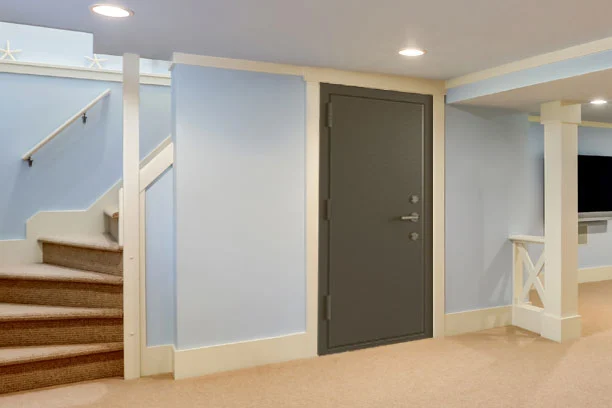How to Create a Safe Room in Your House


A safe room or panic room can be an essential way to protect your family from a tornado, hurricane or other disaster. If you’re thinking about adding one to your home, here’s what to consider.
According to the Federal Emergency Management Agency (FEMA), you should ask yourself:
You can add a safe room to your home, garage, carport or patio. You can also choose an in-ground or above ground prefabricated safe room.
FEMA estimates these costs for a safe room:
Costs are higher to add a safe room to an existing home.
Whatever type you choose, the walls, door, hinges, hardware and anchors need to be strong, durable and able to stand up to the force of high winds, and everything needs to be installed properly. FEMA points out that a safe room is like a chain — it’s only as strong as its weakest link.
You can install your safe room inside or outside of your house. If it’s outside, FEMA recommends locating it 150 feet or less from the closest exit from the home, since you may be facing high winds, blowing debris, heavy rain or hail. You don’t want it to be too far away when you need to access it.
Interior safe rooms can be above ground or in the basement. However, do not build your safe room in an area where it could be flooded by a hurricane or severe thunderstorm. If you choose an in-ground, prefabricated safe room, make sure the ground slopes away from the entrance so stormwater doesn’t get inside it.
You may be able to convert a closet, interior bathroom or small storage room into a safe room. This type of panic room design means you can use the space for other purposes when you don’t need it for storm protection.
The size of your safe room depends on the threat you face and the number of people you expect will be in it. FEMA recommends:
The International Association of Certified Home Inspectors suggests stocking your DIY safe room with:
A safe room can protect your family from being injured or killed in a dangerous storm. But what about your property? Reach out to a local Farm Bureau agent today to make sure your home and vehicles are properly covered against damage from tornadoes, hurricanes and high winds.